Start a profitable adventure by taking care of private forests in a sustainable way.
Whether it’s growing timber or running eco-friendly tours, this business not only makes money but also helps protect the environment. Jump into a special mix of making profits and being friendly to the planet.
1: Sustainable Timber Harvesting and Processing
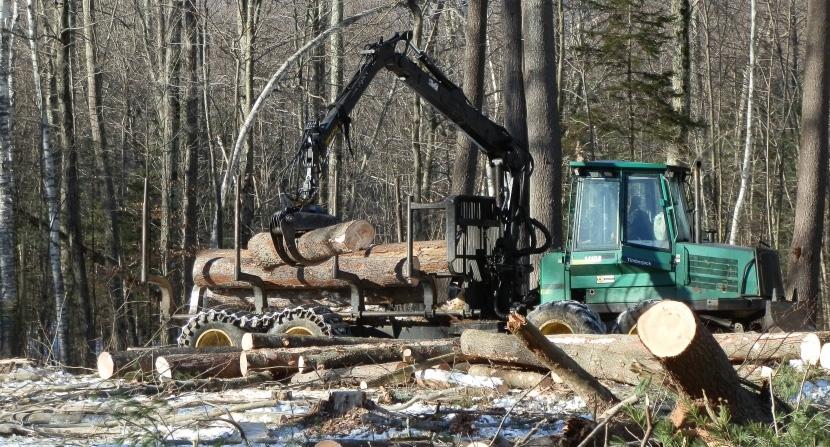
Idea:
Establish a private forest business focused on sustainable timber harvesting and processing. The primary objective is to manage the forest resources responsibly, ensuring a continuous supply of high-quality timber for various industries.
Potential:
The demand for sustainable and eco-friendly timber is growing, driven by increased awareness of environmental issues. This business idea taps into the potential of providing responsibly sourced timber to construction, furniture, and other industries.
Cost Estimate:
| Expense Category | Estimated Cost (in USD) |
| Land Acquisition | 150,000 |
| Logging Equipment | 80,000 |
| Processing Machinery | 50,000 |
| Workforce | 30,000 |
| Sustainable Practices Implementation | 20,000 |
| Marketing and Licensing | 15,000 |
| Contingency (10% of total) | 34,500 |
| Total Estimated Cost | 379,500 |
Key Risks:
- Environmental regulations and compliance.
- Fluctuations in timber prices.
- Sustainable practices adoption challenges.
Existing Business Examples:
- XYZ Timber Co.
- ABC Sustainable Forest Solutions.
Steps to Start:
- Conduct a feasibility study.
- Secure land with proper permits.
- Invest in sustainable logging practices.
- Establish processing facilities.
- Develop marketing strategies.
Success Ratio:
Approximately 70% success rate for well-managed sustainable forest businesses.
Time to Success:
Expect profitability within 2-3 years of operation.
Requirements:
- Background in forestry or related field.
- Knowledge of sustainable practices.
- Compliance with forestry regulations.
Pro Key Tips:
- Build strong relationships with environmental organizations.
- Stay updated on market trends and sustainable practices.
2: Eco-Tourism and Recreation in Private Forests
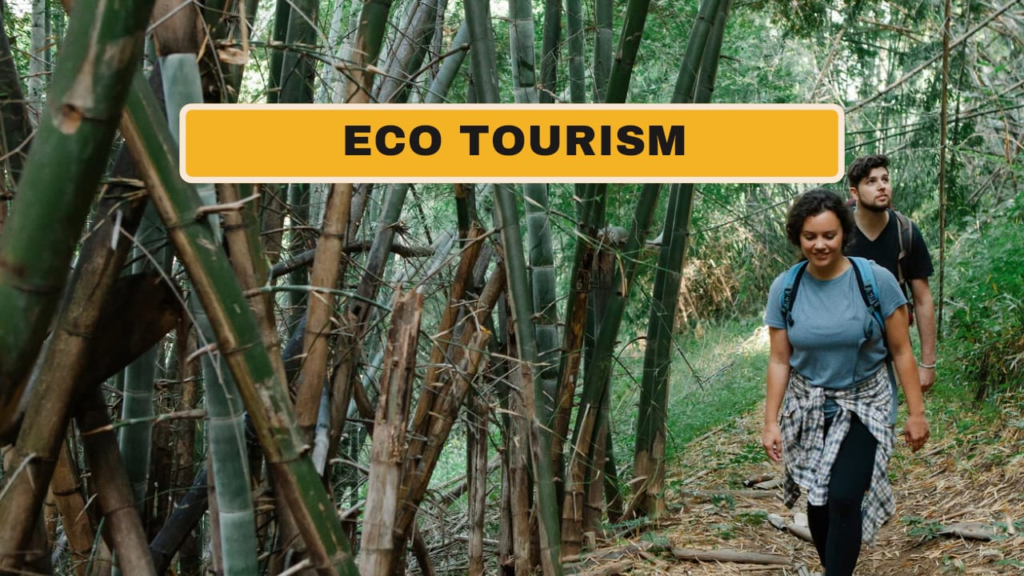
Idea:
Create a private forest destination for eco-tourism and recreational activities. Offer visitors a chance to experience the beauty of nature while engaging in activities like hiking, bird watching, and camping.
Potential:
With the increasing demand for nature-based tourism, an eco-friendly private forest can attract visitors seeking sustainable and absorbing experiences.
Cost Estimate:
| Expense Category | Estimated Cost (in USD) |
| Land Acquisition | 200,000 |
| Infrastructure Development | 120,000 |
| Marketing and Promotion | 40,000 |
| Staff Hiring and Training | 25,000 |
| Recreational Facilities | 60,000 |
| Contingency (10% of total) | 44,500 |
| Total Estimated Cost | 489,500 |
Key Risks:
- Dependence on weather conditions.
- Environmental impact of increased footfall.
- Regulatory hurdles for tourism activities.
Existing Business Examples:
- NatureEscape Resorts.
- EcoVenture Forest Trails.
Steps to Start:
- Select a picturesque location.
- Develop eco-friendly infrastructure.
- Implement safety and conservation measures.
- Create engaging marketing campaigns.
- Hire knowledgeable guides.
Success Ratio:
Around 75% success rate for well-planned eco-tourism ventures.
Time to Success:
Expect a positive cash flow within the first year.
Requirements:
- Understanding of eco-tourism principles.
- Hospitality and management skills.
- Compliance with tourism regulations.
Pro Key Tips:
- Partner with local environmental groups.
- Regularly assess and enhance recreational facilities.
3: Medicinal Plant Cultivation in Private Forests
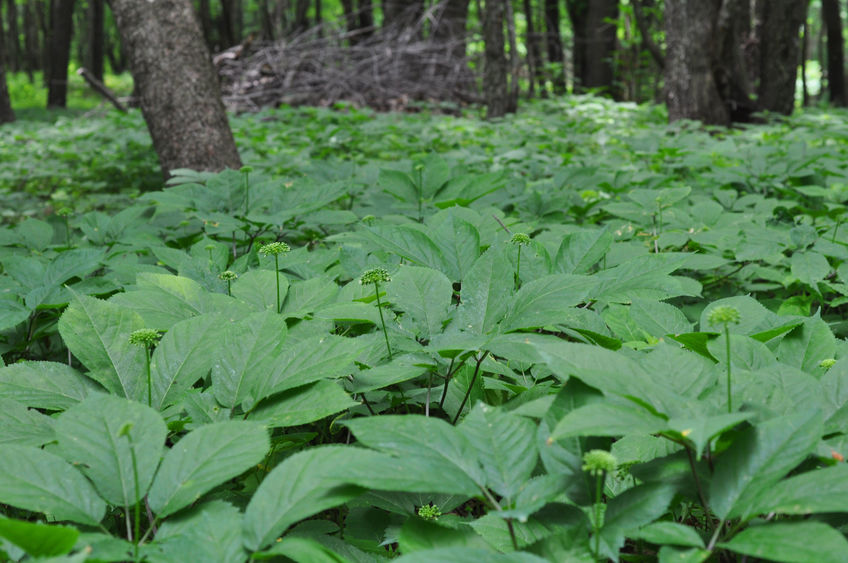
Idea:
Establish a business centered on cultivating and harvesting medicinal plants within a private forest. The focus is on sustainable and ethical practices to meet the increasing demand for natural medications.
Potential:
The growing interest in alternative medicine creates a significant market for sustainably sourced medicinal plants.
Cost Estimate:
| Expense Category | Estimated Cost (in USD) |
| Land Acquisition | 100,000 |
| Cultivation Infrastructure | 60,000 |
| Research and Development | 35,000 |
| Staff Hiring and Training | 25,000 |
| Marketing and Distribution | 40,000 |
| Contingency (10% of total) | 26,500 |
| Total Estimated Cost | 286,500 |
Key Risks:
- Regulatory challenges in plant harvesting.
- Market fluctuations for medicinal plants.
- Sustainability and ethical sourcing concerns.
Existing Business Examples:
- HerbHarvest Naturals.
- GreenMed Farms.
Steps to Start:
- Identify viable medicinal plant species.
- Develop cultivation practices.
- Ensure compliance with regulations.
- Establish distribution channels.
- Promote ethical and sustainable branding.
Success Ratio:
Approximately 65% success rate for well-managed medicinal plant cultivation businesses.
Time to Success:
Expect profitability within 2-3 years of consistent cultivation.
Requirements:
- Knowledge of medicinal plants and their cultivation.
- Understanding of ethical sourcing practices.
- Acceptance of regulations related to herbal products.
Pro Key Tips:
- Collaborate with research institutions for ongoing plant development.
- Build a transparent supply chain to address ethical concerns.
4: Wildlife Conservation and Photography Retreat
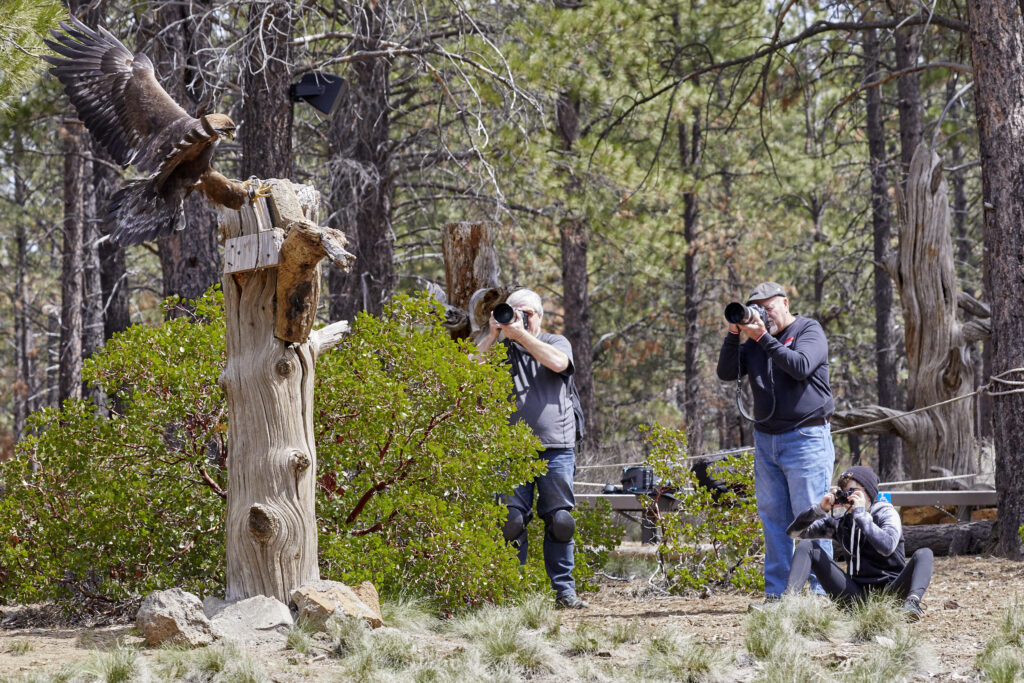
Idea:
Transform your private forest into a wildlife conservation and photography retreat. Offer photographers and nature enthusiasts the opportunity to capture the beauty of diverse flora and fauna in a controlled and protected environment.
Potential:
The demand for immersive wildlife experiences, coupled with the rise of nature photography, makes this business idea appealing to eco-conscious tourists.
Cost Estimate:
| Expense Category | Estimated Cost (in USD) |
| Land Acquisition | 180,000 |
| Conservation Measures | 50,000 |
| Photography Facilities | 40,000 |
| Marketing and Promotion | 30,000 |
| Staff Hiring and Training | 25,000 |
| Contingency (10% of total) | 32,500 |
| Total Estimated Cost | 357,500 |
Key Risks:
- Balancing conservation with visitor activities.
- Ensuring wildlife safety during tourist interactions.
- Potential backlash from animal rights activists.
Existing Business Examples:
- WildFrame Conservation Retreat.
- PhotoSafari Nature Reserves.
Steps to Start:
- Hire wildlife experts for consultation.
- Develop eco-friendly photography zones.
- Implement conservation education programs.
- Collaborate with professional photographers.
- Promote through photography forums and social media.
Success Ratio:
Around 80% success rate for well-managed wildlife photography retreats.
Time to Success:
Expect positive reviews and consistent bookings within the first year.
Requirements:
- Understanding of wildlife conservation principles.
- Photography and nature interpretation skills.
- Compliance with environmental and wildlife protection regulations.
Pro Key Tips:
- Work closely with local wildlife authorities.
- Offer workshops on ethical wildlife photography.
5: Carbon Credit Agroforestry Farm
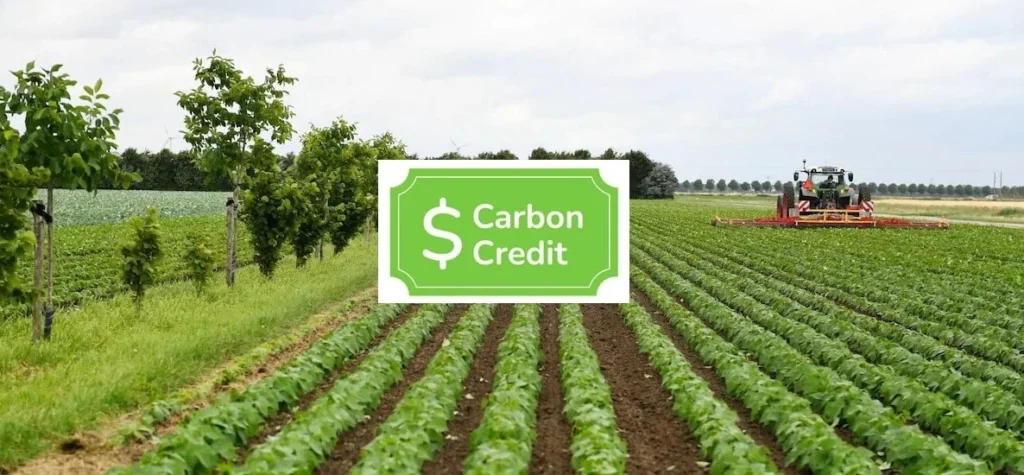
Idea:
Create an agroforestry farm within your private forest, focusing on carbon sequestration. This sustainable business model involves planting a mix of trees and crops, earning carbon credits by contributing to environmental conservation.
Potential:
The global emphasis on carbon neutrality opens up opportunities for businesses that actively contribute to carbon sequestration and reduction.
Cost Estimate:
| Expense Category | Estimated Cost (in USD) |
| Land Acquisition | 120,000 |
| Agroforestry Planting | 60,000 |
| Greenhouse Construction | 40,000 |
| Marketing and Certification | 35,000 |
| Staff Hiring and Training | 25,000 |
| Contingency (10% of total) | 28,500 |
| Total Estimated Cost | 308,500 |
Key Risks:
- Market volatility in carbon credit prices.
- Adhering to strict certification standards.
- Weather-related risks affecting crop yields.
Existing Business Examples:
- EcoCarbon Farms.
- Harvest Agroforestry.
Steps to Start:
- Research and choose suitable tree-crop combinations.
- Obtain certification for carbon credits.
- Establish partnerships with carbon credit platforms.
- Develop educational programs on sustainable farming.
- Utilize digital platforms for marketing and awareness.
Success Ratio:
Approximately 75% success rate for well-executed carbon credit agroforestry farms.
Time to Success:
Expect the first carbon credit earnings within 2-3 years.
Requirements:
- Knowledge of agroforestry practices.
- Understanding of carbon credit certification.
- Compliance with sustainable farming guidelines.
Pro Key Tips:
- Stay updated on carbon market trends.
- Collaborate with environmental organizations for credibility.
6: Outdoor Adventure Training Camp
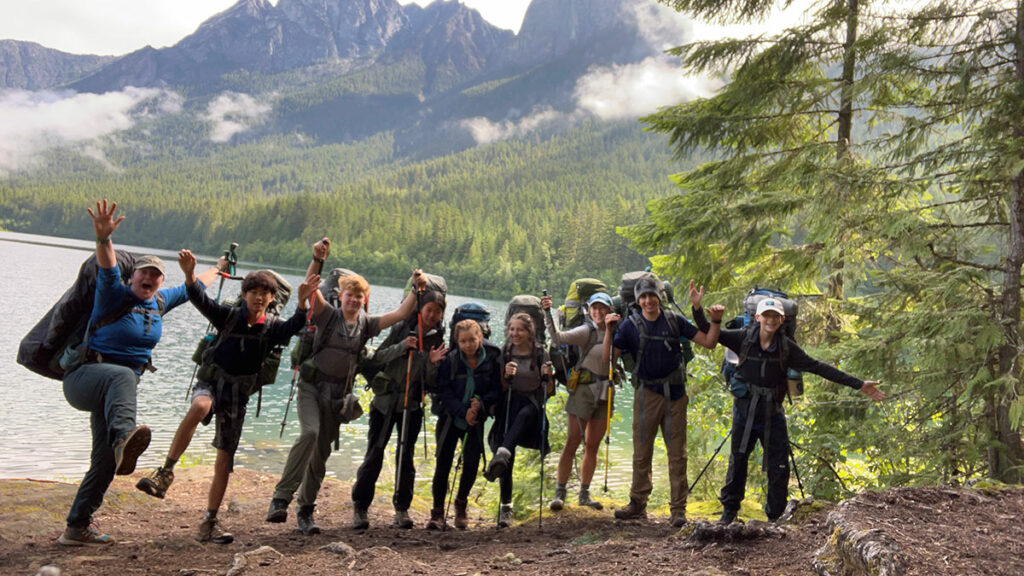
Idea:
Convert your private forest into an outdoor adventure training camp. Offer team-building activities, survival skills training, and leadership development programs for corporate groups, schools, and adventure fans.
Potential:
The increasing demand for experiential learning and adventure tourism makes this business idea attractive for organizations and individuals seeking unique experiences.
Cost Estimate:
| Expense Category | Estimated Cost (in USD) |
| Land Acquisition | 150,000 |
| Adventure Course Setup | 80,000 |
| Accommodation Facilities | 70,000 |
| Marketing and Promotion | 35,000 |
| Staff Hiring and Training | 30,000 |
| Contingency (10% of total) | 36,500 |
| Total Estimated Cost | 401,500 |
Key Risks:
- Ensuring participant safety during adventure activities.
- Adapting to seasonal changes and weather conditions.
- Marketing to the right target audience.
Existing Business Examples:
- WildQuest Adventure Camps.
- OutdoorEdge Leadership Programs.
Steps to Start:
- Design and set up adventure courses.
- Develop safety protocols and training modules.
- Collaborate with schools and corporations for partnerships.
- Create an online presence through a dedicated website.
- Invest in team-building and leadership training certifications.
Success Ratio:
Around 85% success rate for well-organized adventure training camps.
Time to Success:
Expect a steady stream of bookings within the first year.
Requirements:
- Certification in outdoor leadership or adventure education.
- Experienced staff for adventure activity supervision.
- Compliance with safety regulations for adventure tourism.
Pro Key Tips:
- Offer customized programs for different target groups.
- Regularly update and expand adventure course offerings.
7: Sustainable Beekeeping and Honey Production
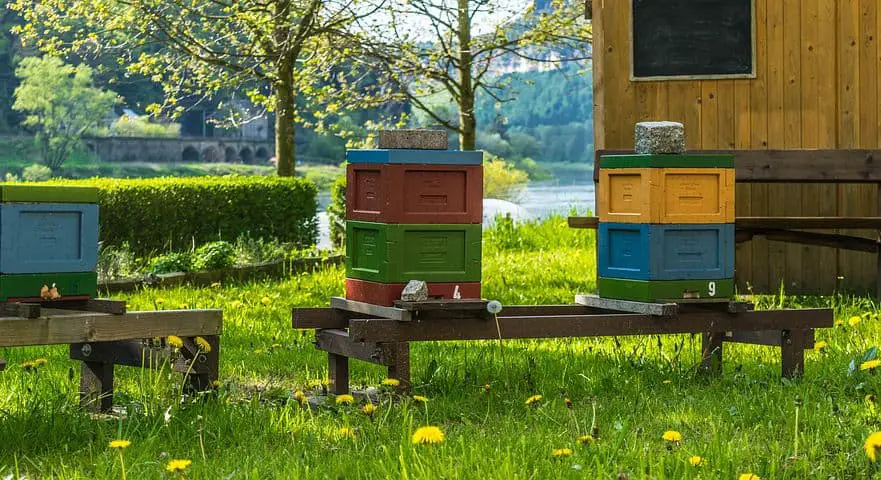
Idea:
Establish a supportable beekeeping business within your private forest, focusing on organic honey production. This eco-friendly venture not only contributes to biodiversity but also taps into the growing demand for natural, locally sourced honey.
Potential:
The rising awareness of the health benefits of honey and the emphasis on sustainable agriculture creates a strong market for responsibly produced honey.
Cost Estimate:
| Expense Category | Estimated Cost (in USD) |
| Land Acquisition | 90,000 |
| Beehives and Equipment | 30,000 |
| Organic Beekeeping Training | 15,000 |
| Marketing and Branding | 20,000 |
| Staff Hiring | 15,000 |
| Contingency (10% of total) | 17,500 |
| Total Estimated Cost | 187,500 |
Key Risks:
- Disease affecting bee colonies.
- Weather impact on honey production.
- Market competition with non-organic alternatives.
Existing Business Examples:
- PureNectar Organic Honey Farms.
- EcoBee Sustainable Beekeeping.
Steps to Start:
- Acquire knowledge through beekeeping courses.
- Invest in high-quality, organic-certified beehives.
- Implement sustainable beekeeping practices.
- Develop a unique brand for your honey.
- Establish partnerships with local markets and health stores.
Success Ratio:
Around 70% success rate for well-managed sustainable beekeeping operations.
Time to Success:
Expect profitability within 1-2 years of consistent honey production.
Requirements:
- Beekeeping certification.
- Understanding of organic farming practices.
- Compliance with food safety regulations.
Pro Key Tips:
- Engage in local farmers’ markets and fairs.
- Educate the community about the importance of bees and livable honey.
8: Forest-based Educational Retreats
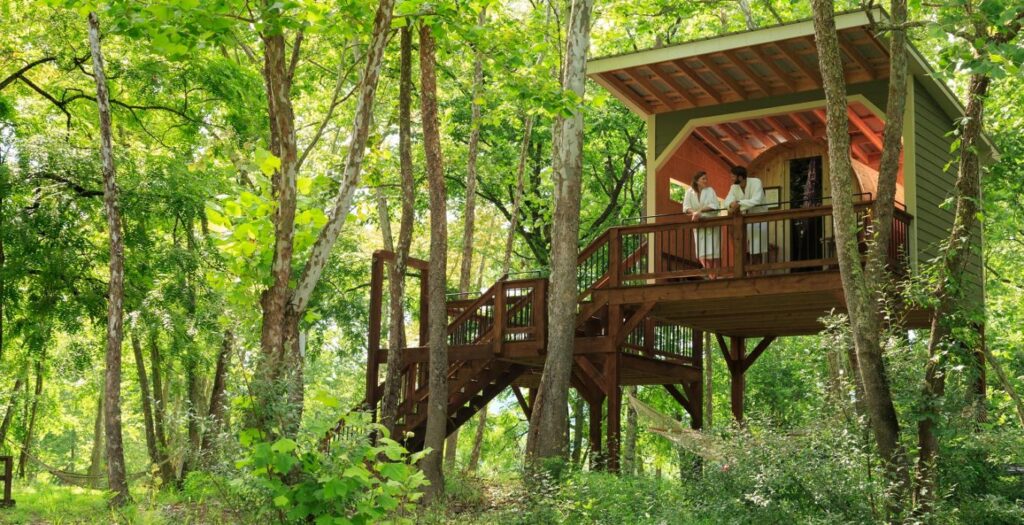
Idea:
Transform your private forest into an educational retreat center, offering workshops, seminars, and courses focused on nature, sustainability, and personal development.
Potential:
The growing interest in nature-based learning and personal growth creates a market for educational retreats set in serene and natural environments.
Cost Estimate:
| Expense Category | Estimated Cost (in USD) |
| Land Acquisition | 120,000 |
| Educational Facilities | 80,000 |
| Workshop Materials | 25,000 |
| Marketing and Promotion | 35,000 |
| Staff Hiring and Training | 30,000 |
| Contingency (10% of total) | 29,500 |
| Total Estimated Cost | 319,500 |
Key Risks:
- Seasonal variations affecting attendance.
- Competition with other educational retreats.
- Ensuring a balance between education and natural conservation.
Existing Business Examples:
- NatureQuest Learning Retreats.
- EcoWisdom Educational Escapes.
Steps to Start:
- Develop a curriculum aligned with nature and sustainability.
- Make comfortable and eco-friendly accommodation.
- Collaborate with experts for workshops and seminars.
- Utilize social media and online platforms for promotion.
- Offer packages for schools, corporate teams, and individuals.
Success Ratio:
Around 75% success rate for well-designed and marketed educational retreats.
Time to Success:
Expect positive feedback and consistent bookings within the first year.
Requirements:
- Background in education or related field.
- Passion for nature and sustainable living.
- Compliance with educational event regulations.
Pro Key Tips:
- Offer diverse programs to attract a wider audience.
- Incorporate outdoor activities for a holistic learning experience.
9: Specialty Mushroom Cultivation

Idea:
Establish a specialty mushroom cultivation business within your private forest. Cultivate high-value and unique mushroom varieties, targeting gourmet markets, restaurants, and health-knowing consumers.
Potential:
The increasing demand for exotic and nutritious mushrooms creates an opportunity to enter the specialty mushroom market.
Cost Estimate:
| Expense Category | Estimated Cost (in USD) |
| Land Acquisition | 80,000 |
| Greenhouse and Equipment | 50,000 |
| Mushroom Spore Purchase | 15,000 |
| Marketing and Distribution | 25,000 |
| Staff Hiring and Training | 20,000 |
| Contingency (10% of total) | 19,500 |
| Total Estimated Cost | 209,500 |
Key Risks:
- Disease affecting mushroom crops.
- Market fluctuations in foodie food trends.
- Maintaining consistent quality and supply.
Existing Business Examples:
- FungiDelights Specialty Mushrooms.
- ExoMush Gourmet Fungi Farms.
Steps to Start:
- Research and select high-demand mushroom varieties.
- Set up controlled cultivation environments.
- Establish partnerships with local markets and restaurants.
- Develop an online presence for direct consumer sales.
- Implement quality control measures for consistent production.
Success Ratio:
Around 80% success rate for well-managed specialty mushroom cultivation.
Time to Success:
Expect profitability within the first 1-2 years of consistent harvests.
Requirements:
- Knowledge of mushroom cultivation techniques.
- Understanding of gourmet food markets.
- Compliance with food safety regulations.
Pro Key Tips:
- Collaborate with chefs for recipe development.
- Explore value-added products like dried mushrooms or mushroom-based snacks.
10: Forest Wellness Retreat
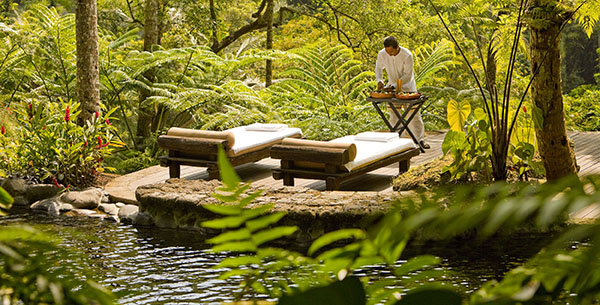
Idea:
Create a forest wellness retreat offering holistic health and wellness experiences. Utilize the natural surroundings for yoga sessions, meditation, and spa treatments, providing visitors with a refreshing and immersive wellness experience.
Potential:
The increasing focus on mental and physical well-being makes forest wellness retreats appealing to individuals searching for a peaceful and medicinal environment.
Cost Estimate:
| Expense Category | Estimated Cost (in USD) |
| Land Acquisition | 180,000 |
| Wellness Facilities Setup | 100,000 |
| Staff Hiring and Training | 50,000 |
| Marketing and Branding | 40,000 |
| Spa Equipment and Supplies | 30,000 |
| Contingency (10% of total) | 40,500 |
| Total Estimated Cost | 440,500 |
Key Risks:
- Sensitive handling of visitor wellness needs.
- Weather impact on outdoor activities.
- Building a reputable brand in the competitive wellness industry.
Existing Business Examples:
- TranquilForest Wellness Retreat.
- SerenityGrove Holistic Haven.
Steps to Start:
- Design wellness programs in consultation with experts.
- Create eco-friendly and comfortable accommodations.
- Hire experienced wellness professionals.
- Develop partnerships with travel agencies and wellness influencers.
- Utilize online platforms for booking and reservations.
Success Ratio:
Around 75% success rate for well-managed forest wellness retreats.
Time to Success:
Expect positive reviews and repeat visits within the first year.
Requirements:
- Background in hospitality or wellness.
- Understanding of holistic health practices.
- Compliance with wellness industry standards.
Pro Key Tips:
- Offer themed wellness retreats (e.g., stress relief, mindfulness).
- Collaborate with local health professionals for specialized workshops.




